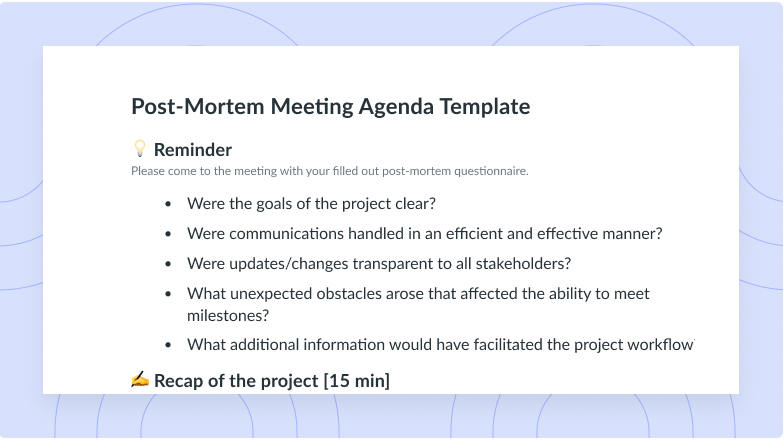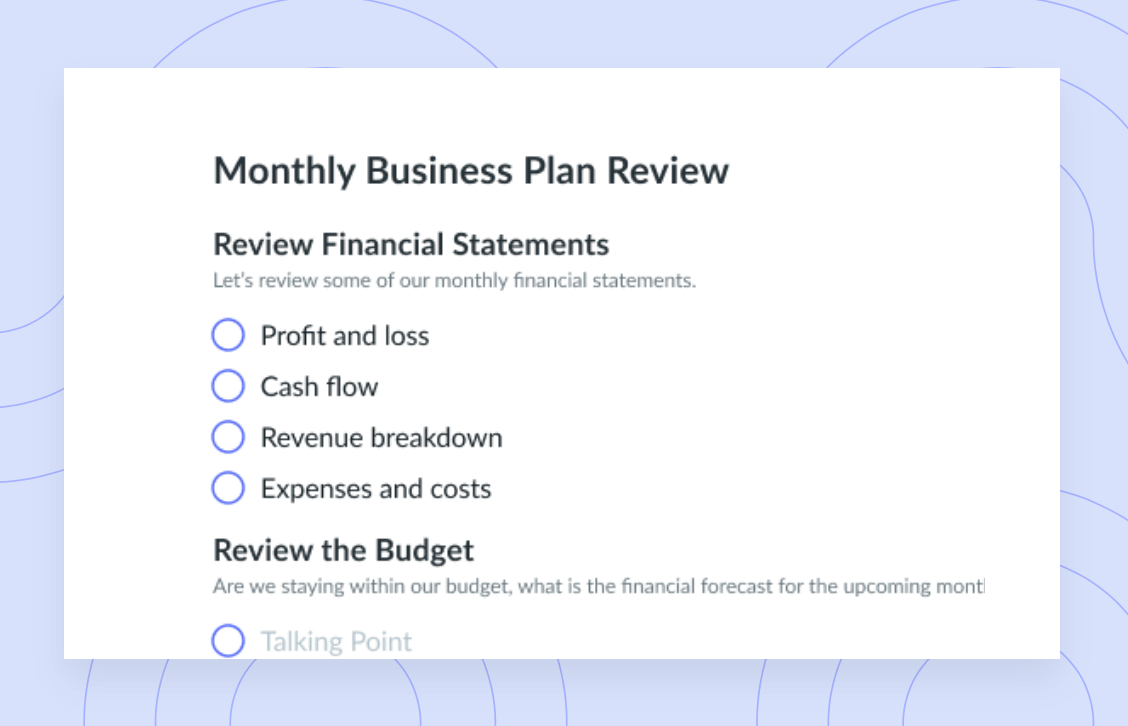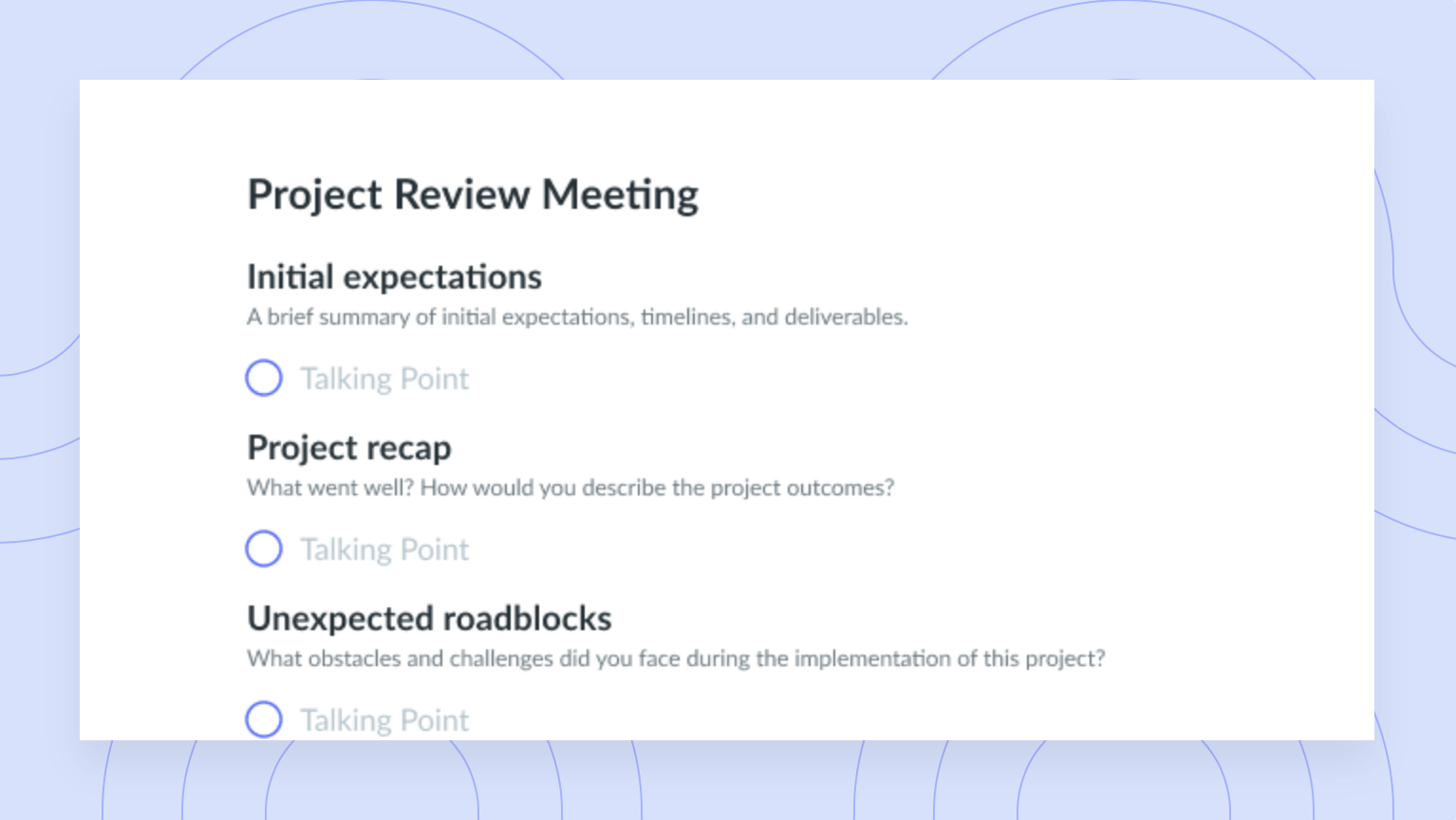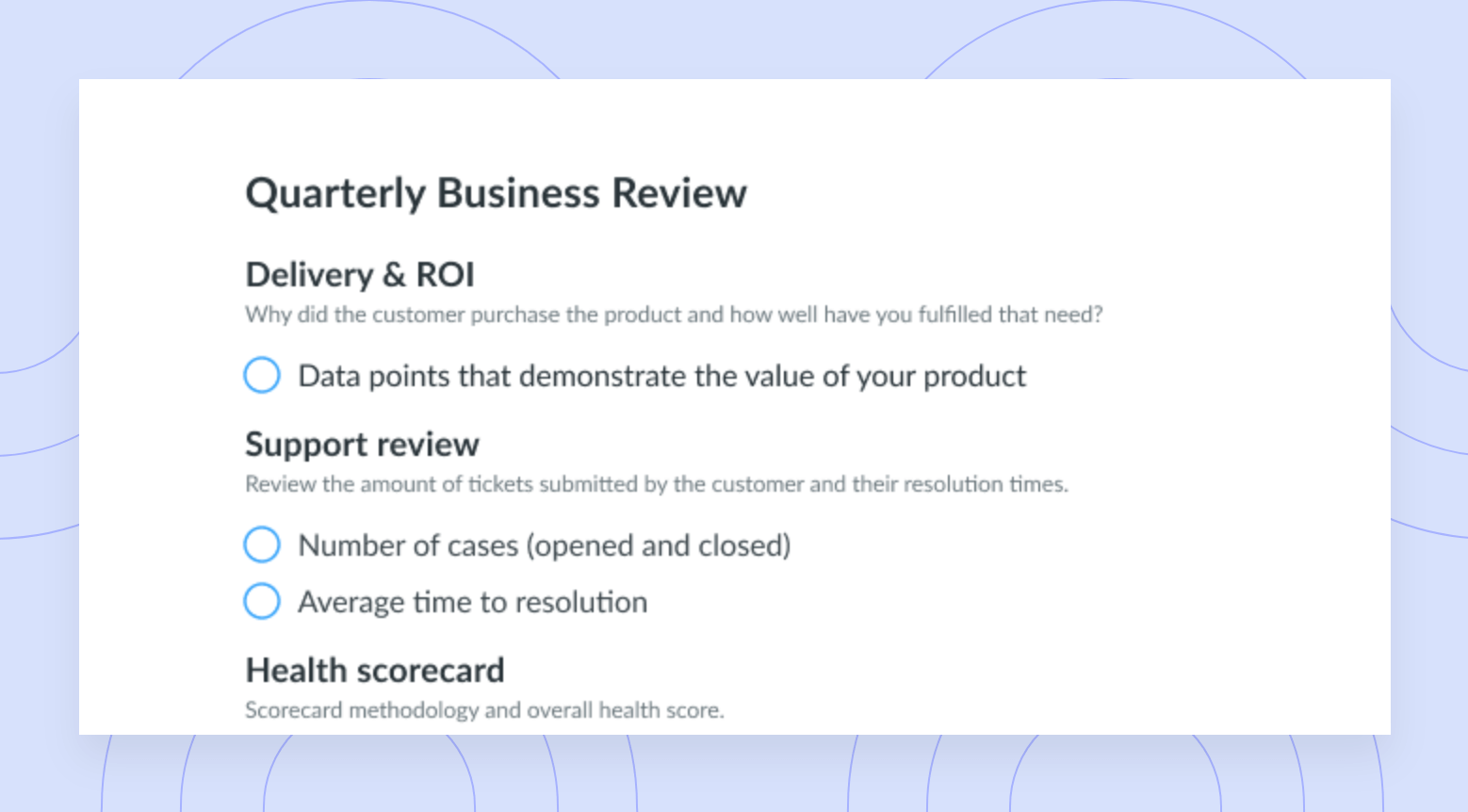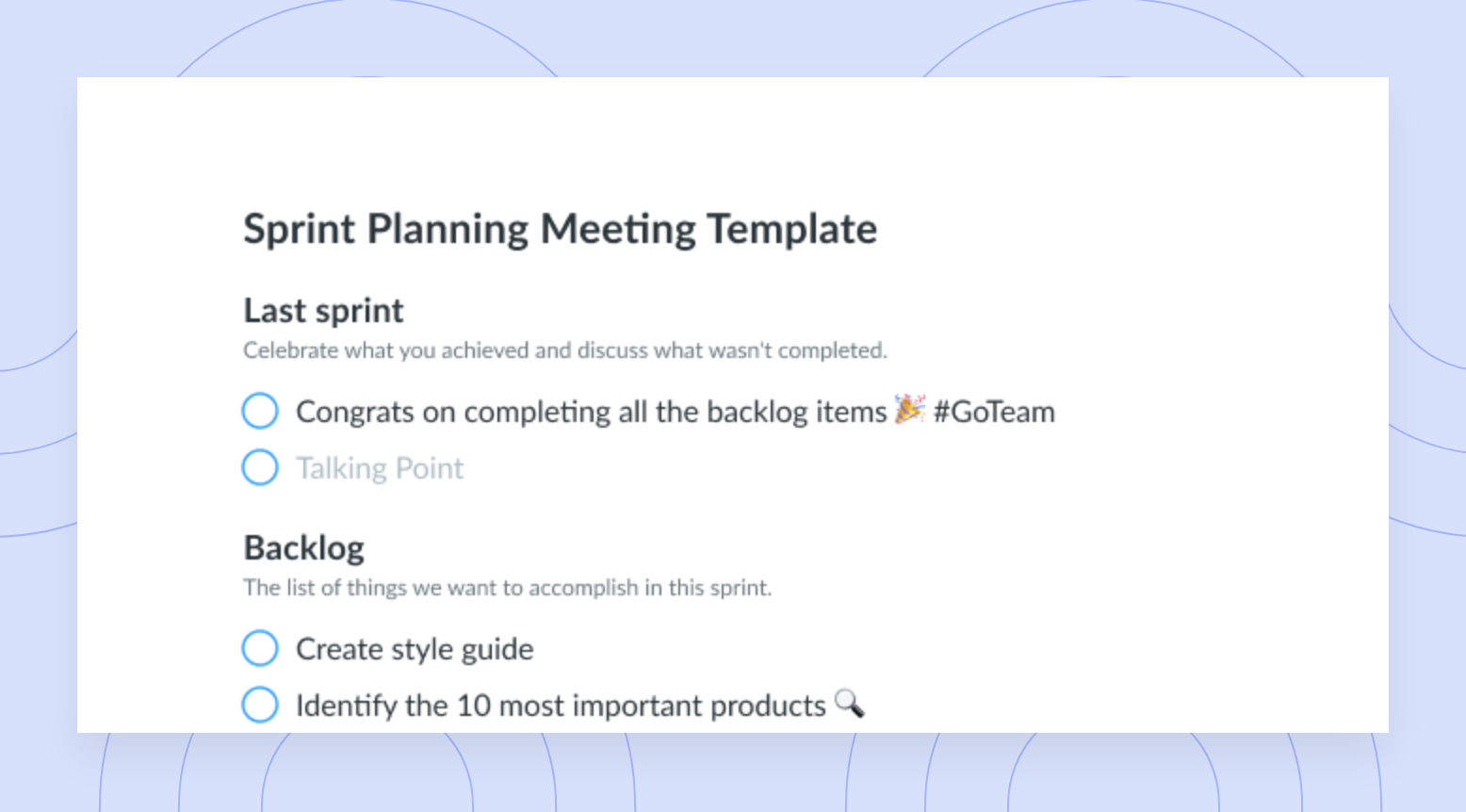Simon Stanlake: Achieve the Impossible by Maximizing Your Learning
Learn the difference between a charismatic leader and a great leader with Simon, the SVP of Engineering at Procurify.
Simon is the SVP of Engineering at Procurify- the leading spend management and procurement software platform. Prior to Procurify, Simon was the VP of Technology at Hootsuite and the Chief Technology Officer at TradeBytes Data Corp.
Listen to this episode (or read the transcript below to learn about Simon’s leadership journey and the lessons he learned along the way.
1 Can you tell us about the video of you opening the curtains in your office?
It was probably about six months into my time at Hootsuite and it was essentially a classic startup story. Our office was literally in a basement, and we were fueled by pizza and Redbull and there was a lot of pranking culture that came along with that. A major thing that we used to do was ice people so essentially, if you iced someone, they would have to drink a Smirnoff Ice and it just so happened to be my birthday. I walked into my office and the team had a series of levers and pulleys rigged up and I opened the blinds and ice fell down and everyone was pretty proud of themselves.
2 Were there any lessons or mistakes that really stood out from your early days of managing?
I was a terrible manager when I started, and I totally did everything wrong. I definitely approached it with the command-and-control type of mentality and thought it was all about having the right answer all the time and making sure that people were working, and it was ineffective and not fulfilling for me at all. As my career progressed, I was lucky enough to have some people on my team that taught me a lot about what the important aspects of leadership really were.
3 Great leadership is making others feel like they can achieve the impossible, can you expand on that?
This concept was inspired by something I heard on The Knowledge Project Podcast. Shane interviewed a woman named Jennifer Garvey Berger and one of the things she talked about was the difference between a charismatic leader and a great leader. Essentially a charismatic leader is someone that captures attention when they enter a room, and a great leader is someone that empowers everybody else to be great when they walk into a room and that’s the kind of leader that I aspire to be because I want everyone to feel like they can achieve the impossible.
4 Do you have an example of where you’ve really empowered someone on your team to do something challenging?
When I started at Procurify, the engineering team was working, and they were delivering software on a biweekly release train. So, every two weeks they would do a bunch of manual testing and regression testing and then they would pile up everything that everybody had written in the last two weeks, and they would ship that out the door.
It was on my first day that I realized that the team had not actually shipped anything successful for the last six weeks or something and I eventually identified a couple of individuals on the team that were really excited about the idea and made it, so they were responsible for the continuous delivery team. I never told them what to do and they began to develop a sense of confidence over time and started to realize that they were capable of shipping solutions. I tried not to give them the answers and just fostered an environment of trust where they felt empowered to do their best work.
5 Are you always trying to develop people as both a junior and senior leader or is it something that comes with more seniority?
There’s this concept by Andy Grove that states that it’s the responsibility of the manager to determine or access the maturity level of someone that’s responsible for the task and then you apply yourself based on that. So, if somebody is super senior or very effective or naturally gifted then your responsibility may shift from directly helping them to maybe creating more space for them or helping them by unlocking other opportunities or challenging them.
6 What are some pitfalls or mistakes that some people make during the retrospective process?
The objective is to identify the most important thing that is affecting the team either positively or negatively, and then to either try to address that or throw gas on the fire if it’s something good and you need to find ways to get to that quickly without polluting it with a ton of ideas
You see some retrospective boards and there are like 45 stickies up on the wall and it can be a little bit difficult to identify the most important thing so it’s really all about trying to find ways to get the team to identify the most important things. Retrospective as a tool helps develop a sense of psychological safety where everybody feels that their team is a safe place to express opinions and it’s everybody’s responsibility to contribute to that. Anything you can do to reduce groupthink in the retrospective and to encourage everybody to speak is really important.
7 Do you have any advice, tips, tricks, or resources for leaders or managers that are looking to get better at their craft?
One piece of advice I like to give people is to always keep learning. There are people like Warren Buffett and Charlie Munger out there who are still devouring volumes of books every week. When you approach management or leadership with that mindset you can begin to create a really fulfilling environment for everybody.
In terms of resources, I have to mention The Knowledge Project and the Farman Street website. It really helped me understand how my own brain worked and how teams work in addition to being able to be better at what I do while finding enjoyment and fulfillment in my own life.



![12 Tips to Hold Productive Partner Meetings [+ Free Template]](https://fellow.app/wp-content/uploads/2022/05/Productive-Partner-Meetings-2.jpg)


![7 Meetings Every CEO Should Lead [+ Free Templates]](https://fellow.app/wp-content/uploads/2022/08/Meetings-Every-CEO-Should-Lead-2.jpg)

![On-Call Engineering Best Practices [+ Pros & Cons]](https://fellow.app/wp-content/uploads/2022/09/On-Call-Engineering-Best-Practice.jpg)
